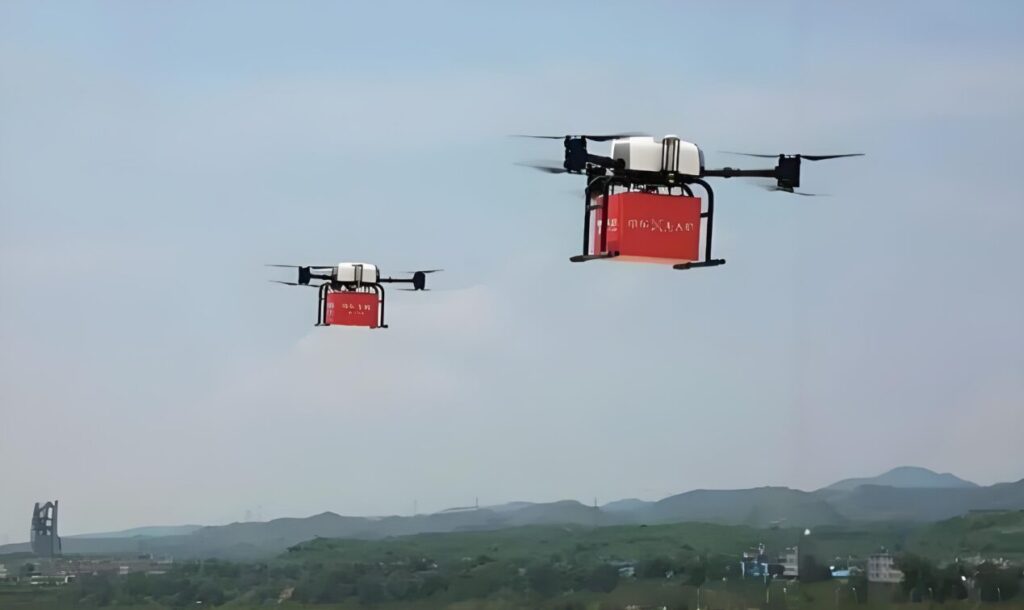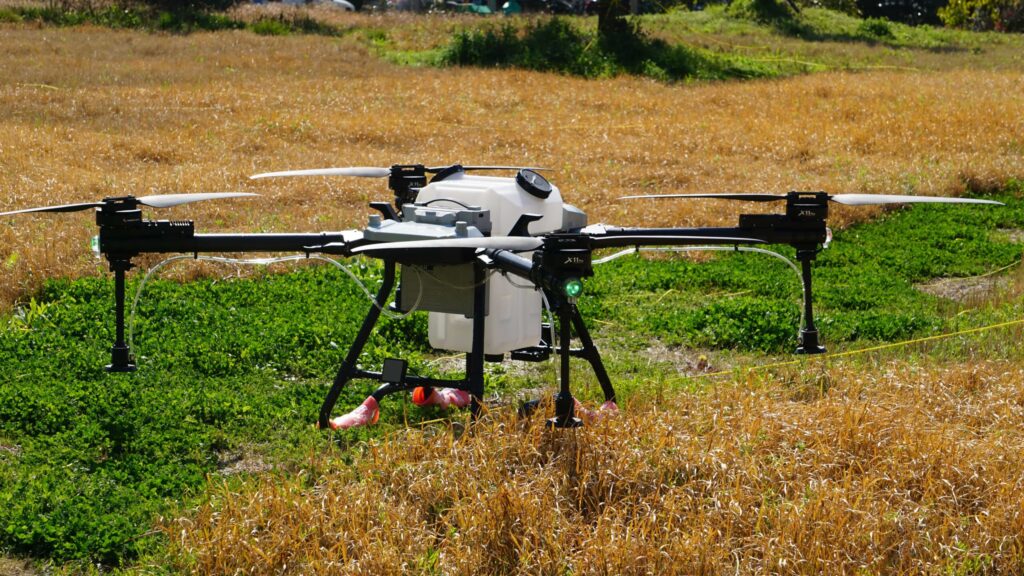
In remote mountainous regions, rural areas with poor transportation infrastructure, and disaster-prone zones, traditional logistics systems often face critical “last-mile” delivery challenges. Rugged terrain, extreme weather conditions, and high transportation costs frequently delay the delivery of essential supplies like medicines and emergency relief. In recent years, logistics drones have emerged as a game-changing solution, offering rapid response, flexible deployment, and all-weather operation capabilities to transform global supply chains into more efficient and inclusive systems.
Key Advantages of Logistics Drones
Compared to conventional transportation methods, drones deliver unmatched value in the following scenarios:
- Unparalleled Speed: Flying direct routes, drones can bypass geographical obstacles, reducing delivery times to one-third or less of traditional ground transport.
Extreme Weather Resilience: Drones maintain reliable operations during heavy rain, landslides, or snow-blocked roads.
- Cost Efficiency: Energy consumption per flight is just one-fifth of fuel-powered vehicles, with no need for road infrastructure investment.
Core Applications: From Last-Mile to Mountain Logistics
- Emergency Medical Deliveries
In isolated areas, drones cross mountains and rivers to deliver vaccines, blood supplies, and emergency medications directly to rural clinics. In some cases, transit times are slashed to one-third of traditional methods, creating life-saving windows for critical patients.
- Remote Community Resupply
Drones provide regular deliveries of food, daily necessities, and agricultural supplies to high-altitude villages, preventing prolonged shortages caused by extreme weather.
- Disaster Relief Operations
Following earthquakes or floods, drone swarms rapidly airdrop water, medicines, and communication equipment to cut-off areas while transmitting real-time situational imagery to aid response coordination.
- Commercial Logistics Expansion
In roadless regions, drones collaborate with ground stations to establish “aerial logistics corridors,” enabling routine transport of e-commerce parcels and industrial components.
Technological Breakthroughs: Intelligence Meets Scalability
Modern logistics drones excel through three key technological advancements:
- Autonomous Navigation Systems
AI-powered route planning combined with high-precision sensors enables automatic obstacle avoidance for mountains, power lines, and sudden weather changes.
- Payload-Range Optimization
Lightweight airframes paired with high-density batteries allow mainstream models to carry 20-50kg payloads over 100km distances, meeting mid-range delivery needs.
- Swarm Management Platforms
Cloud-based coordination systems enable hundreds of drones to operate synchronously, dynamically optimizing routes and task allocation for daily throughput exceeding 10,000 shipments.
Conclusion
The rise of logistics drones marks a global shift from infrastructure-dependent supply chains to intelligent aerial delivery networks. Whether delivering life-saving medical supplies or sustaining remote communities, this technology breaks geographical barriers with unprecedented efficiency and affordability. More than a technical achievement, it represents a significant stride toward equitable resource distribution worldwide.

